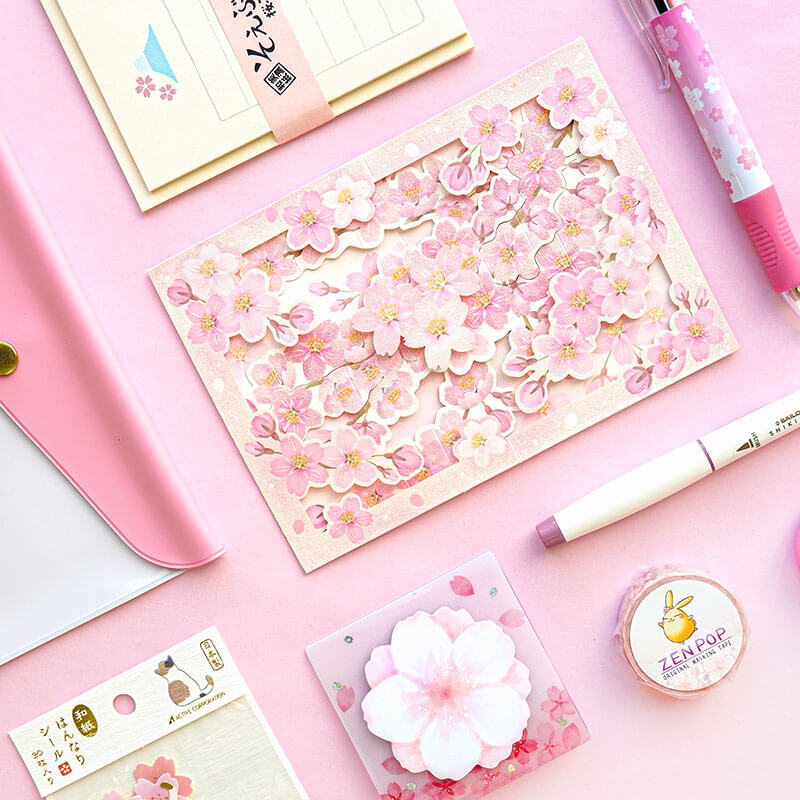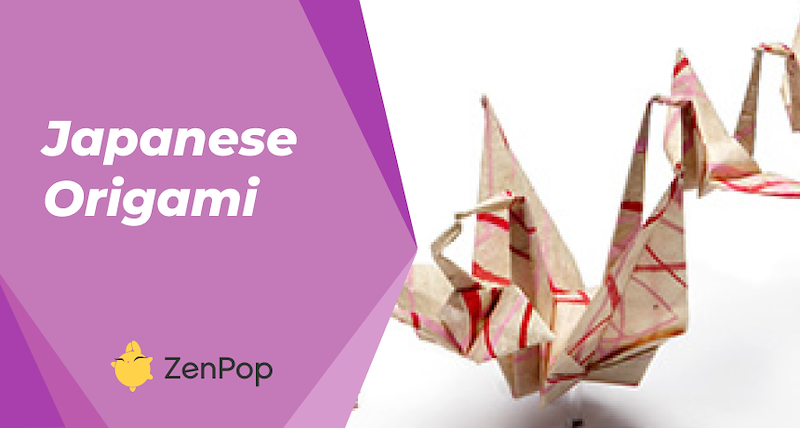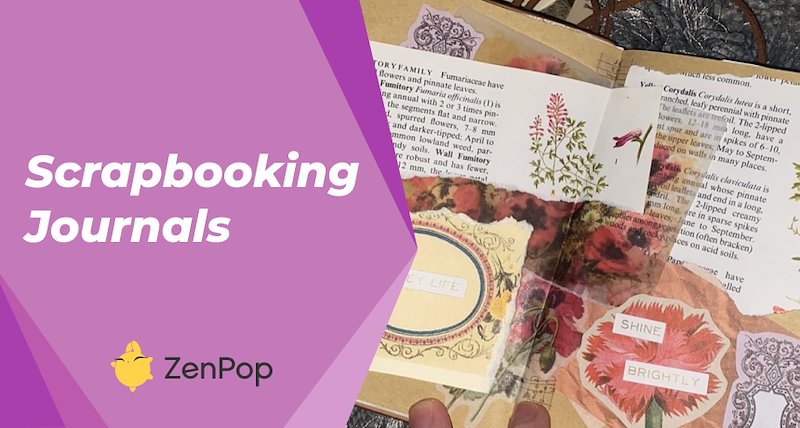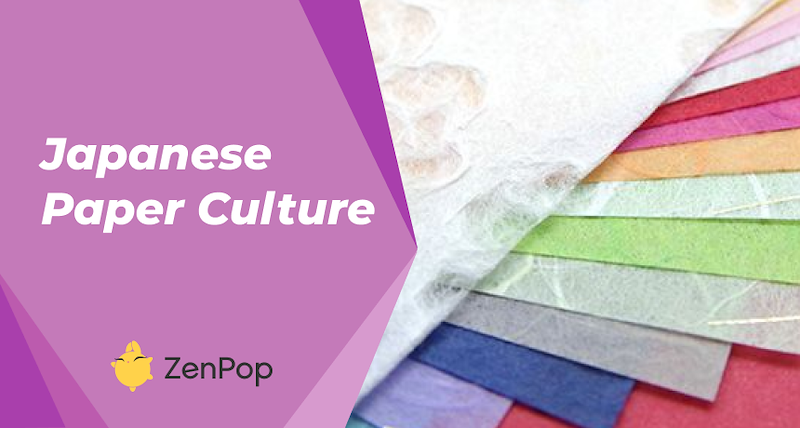
What is japanese paper (washi) used for?
There are so many rich traditions and cultures in japan which are still in practice today. Paper or washi is a big part of Japanese culture because it is made from scratch. Washi was once used in every facet of life in Japan but nowadays, there are fewer papers being made by hand. Keep reading to learn about the interesting paper culture in Japan.
History Of Japanese Paper
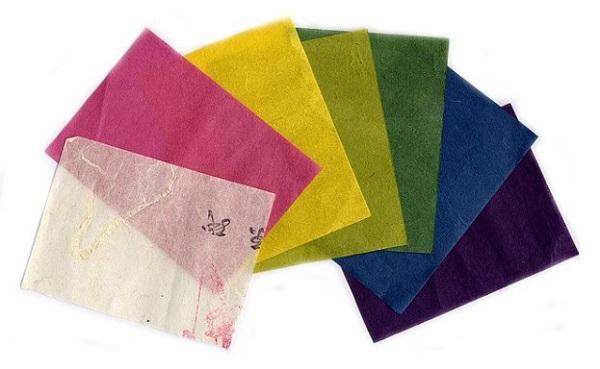
Did you know that Japan once had a period of isolation called sakoku? This period lasted for around 265 years and trade between Japan and other countries was limited so the Japanese had to make do with what they had. During this time, people in Japan had to create their own paper which is called washi. Washi was made from mulberry branches which was used in making textiles during that period. That is why it is stronger and more absorbent than regular paper made in industries today. It is used for calligraphy, artwork, making lamps and doors in Japan.
Washi paper use was reduced when westernization was introduced to Japan in the 1900s. Machine made paper became popularly used for writing while washi was used in the production of bespoke artisan items where material strength and quality was important.
Even today, some washi makers still use the traditional technique to make washi by hand even though it is a tedious process. In some places, paper production can only start after the craftsmen visit the paper goddess Kawakami Gozen and pay their respects. Japan has preserved the manufacturing techniques of high quality washi because it is a significant part of their culture.
How To Make Washi
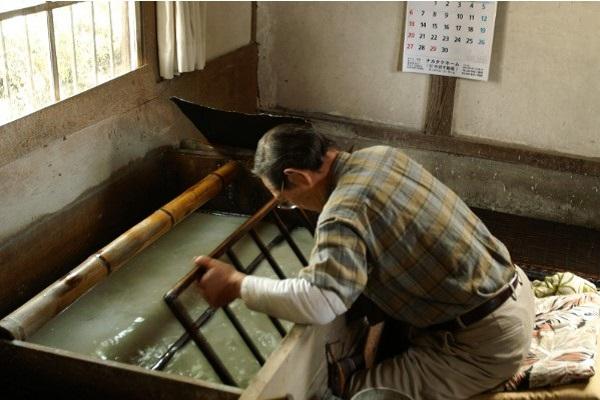
Washi making is still popular in Japan. Some towns like Ogawa Town, and nearby areas known as "Ogawa Washi" have artisans who make washi. As a tourist, you can also experience washi making first hand when you visit these places.
To make washi, trees used like mulberry or paper bush are harvested. Even in Japan, there are different species of these plants and their special characteristics could affect the thickness or coarseness of the finished product. Some people only harvest and make washi during winter.
What is needed from these plants are the inner barks. Once it is harvested, the branches are cut in uniform lengths and steamed to soften them. This makes separating the barks easier. The barks are stripped from the core- which can be used as firewood. The inner bark is pulled from the darker outer barks and beaten by hand until it becomes loose fibers. The beating process alone can take up to 4 hours.
Next, it is mixed with water and glue and a wooden tray is used to collect the pulp. Lastly, it is dried and turned into the beautiful washi paper that we all love.
What Is Washi Used For?
Calligraphy
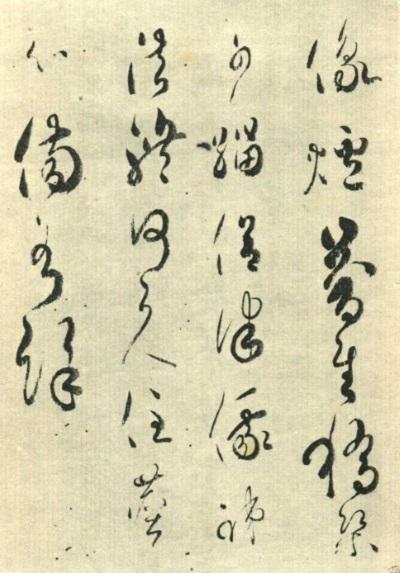
The washi paper is Japan's best art paper for many reasons. First is the painstaking care used in making it which results in high quality paper that can't be found in industrially made paper. Secondly, it is said that the paper interacts beautifully with sumi ink. It is brush-friendly, soft and allows smooth strokes and impressive lines. Due to its long-lasting nature, scripts written on washi can be preserved for a long time.
Shoji Screens
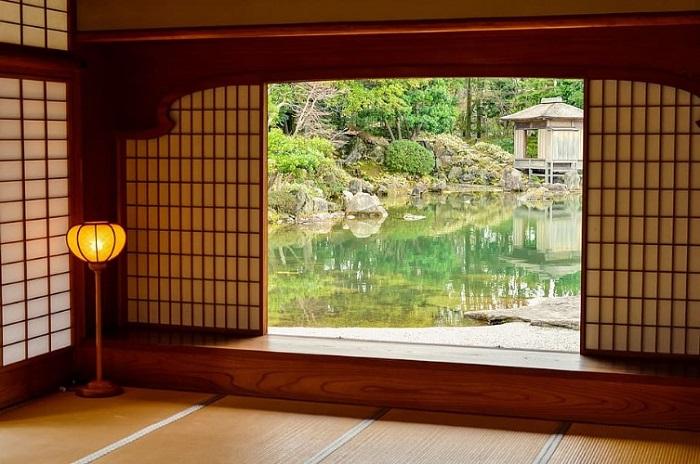
You may have noticed some awesome sliding doors or walls in Japanese traditional homes. Well, those screens are called Shoji and Washi paper is used to make them. The paper is stretched over a wooden frame and dried. Washi slightly shrinks when dried so it is perfect for making these screens because it becomes tighter. Washi is translucent so while it won't completely offer privacy, it is great for dividing rooms while letting in a bit of light. Even today, Shoji screens are used in modern day architecture. They are so light and the best part is since they are white, people can paint on them for a custom look!
Paper Folding In Japan: Origami
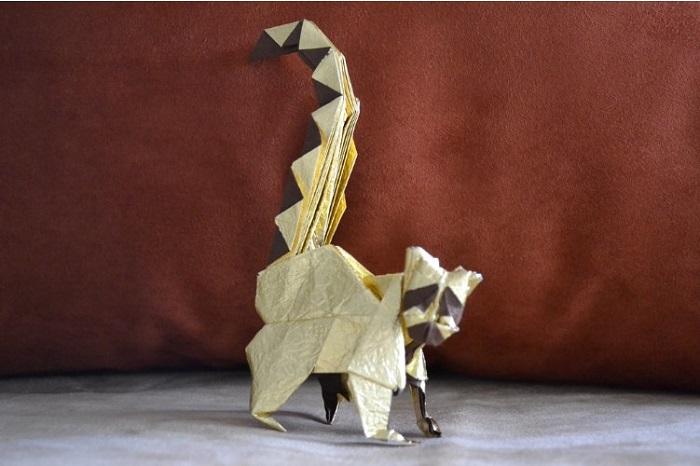
Origami is a popular Japanese art of making figures and shapes by folding paper. Nowadays, both adults and children all over the world practise origami because it is so popular and fun. Washi is one of the best kinds of papers to use for origami. The softness, strength, delicate texture, its abundant variety and beautiful colors makes it one of the best choices for origami. It is thin and creases nicely when folded. Remember that washi is durable so the paper figures made will be around for a while.
Art
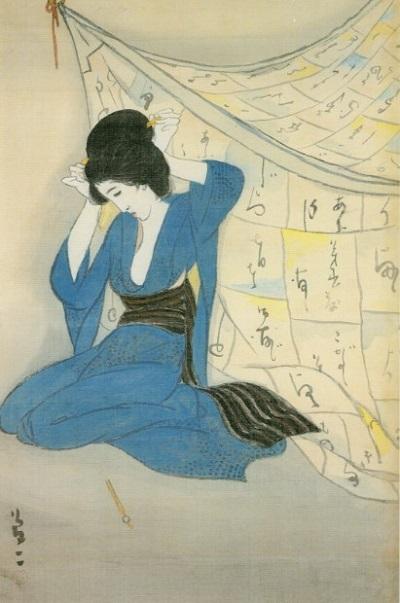
Many art forms in Japan make use of washi paper because of how it interacts with ink. Art styles vary depending on the kind of paper used and washi paper is what makes the art in Japan so unique. The grains, shapes and textures make Japanese traditional art have that delicate look. While digital art is taking over, washi is still used by some artists.
Washi Tape
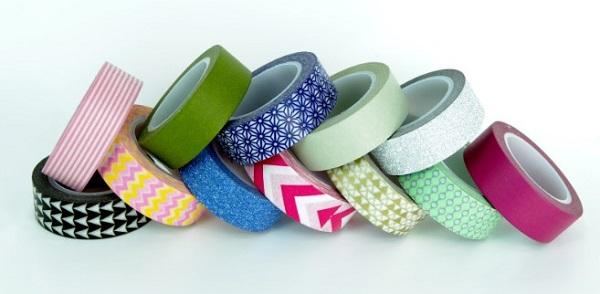
This is a decorative colorful masking tape used for crafts and art today. Unlike the other uses of washi, it is fairly recent but it is now the most popular use for washi. People use washi tape for many art and craft projects in their homes, and you can get some from our Zenpop Stationery Pack.
Washi Paper in Japan Today
Let's face it, generally, the use of paper is in decline in most parts of the world due to technology. However, there are still some committed papermakers in Japan, but they get fewer every day because they are facing some challenges. For example, the screen on which washi paper is formed is now very expensive because there are fewer craft people who make it. Also, children of washi making families do not always follow the same path and go for other careers instead. Even with all of these, washi makers still stay true to the craft, however, a day may come where we don't have a lot of washi paper.
This article was originally written by our freelance writer Umm-Kulthum Abdulkareem, and edited by us.
